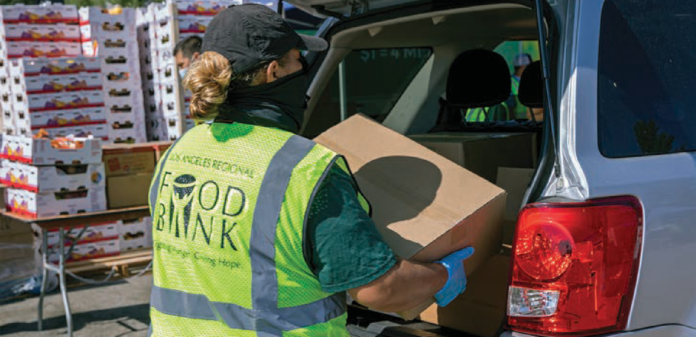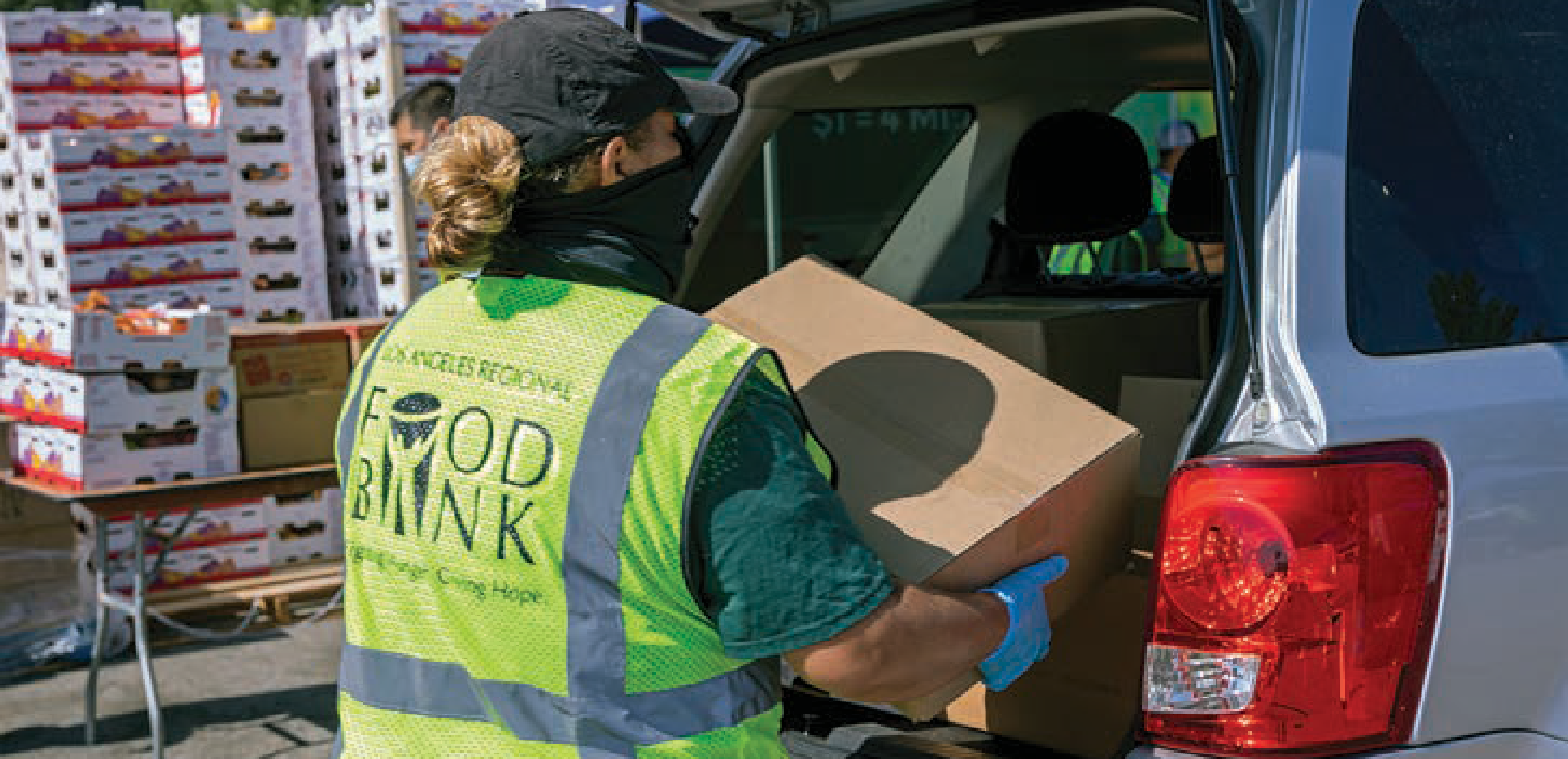Los Angeles County holds many distinctions: from being the entertainment capital of the world, boasting a world-renowned cultural, fashion and culinary playing field full of world-class museums, amusement parks, high profile art and music venues, and having ideal weather all year round with an estimated 3,200 hours of sunshine a year, so it comes to no surprise that it is a destination spot with a reported 50 million visitors in 2019 alone.
At the beginning of 2020, the local economy had experienced a prolonged and unprecedented period of growth. All of that vibrancy came to a screeching halt as the pandemic upended everything and changed how we are all living and adjusting to COVID-19.
Almost overnight, economic activity across many industries was interrupted as global supply chains faced factory closures and stay-at-home mandates. Travel restrictions impacted domestic and international tourism, business travel and related consumer spending and public gathering, entertainment and recreation were all put on hold to limit the transmission of the virus. Experts say that the burdens of having to pivot to a new reality have had its inequities – widening the disparities within the community before the pandemic arrived.
The pandemic’s impact on employment was immediate as LA County lost an estimated 716,000 nonfarm jobs in three months as the County’s seasonally adjusted unemployment rate jumped from 4% in February 2020 to 21% in May 2020.
According to a Los Angeles County Economic Development Corporation report, the hardest-hit industries in the county included hospitality and tourism; the motion picture and television industry; non-essential retail, such as furniture and clothing stores; personal care services; and arts, entertainment and recreation that includes performing arts, spectator sports, museums, and amusement parks.
The Los Angeles Regional Food Bank and its 700 partner agencies started to see new families and individuals, many who were seeking food assistance for the first time in their lives. And families and people who were already vulnerable to food insecurity prior to the pandemic disproportionately experienced the brunt of the economic fallout.
In my thirty years in this line of work, I have never experienced anything like this, a combination of a public health and economic disaster that continued to get worse with every passing day. The Food Bank pivoted quickly to hold large “drive-through” food distributions partnering with local governments, school districts and other community-based organizations.
Fortunately, the Food Bank’s many supporters and partners also quickly sprang into action.
Even with the strain on the food supply chain, the Food Bank was able to continue to secure donated food from our regular food donors – farmers, growers, retailers, food service companies and others. Then, the US Department of Agriculture stepped up and created a new program in May 2020 to ensure that produce, dairy and meat items originally intended for now-closed restaurants, schools and hotels were acquired and distributed to food banks and other organizations instead of being dumped. All levels of government also responded. Most notably, the County of Los Angeles committed $10 million to the Food Bank for food purchases to augment high-demand donated food supplies.
Financial support is another component of charitable food assistance, and local foundations, corporations, organizations and individuals quickly responded to provide critical support for operations to support the increased volume of food distribution.
Volunteer and in-kind support are also essential in order to provide food to families and people seeking assistance, and once again, despite the public health concerns, the community responded to the Food Bank and its network of 700 partner agencies with tens of thousands of volunteers lending a hand.
To accentuate how quickly life changed for many people impacted by the economic downturn, the Food Bank began to feature the stories of people like Lola, a singer, songwriter, musician and live event host, who went from volunteering at the Food Bank prior to the pandemic to facing food insecurity for the first time in 2020.
There is a great appreciation and sense of relief for the millions of people the Food Bank and its partner agencies have served over the last year. The Food Bank can measure the impact with more than 194 million pounds of food, the equivalent of 158 million meals with a value of more than $290 million distributed since the crisis started in March 2020, including more than two million emergency food boxes distributed to families.
As the local economy begins to recover, there will be no downtime for people experiencing food insecurity. The next challenge for the Food Bank will be to focus on families and people left behind – many of whom live in communities that have even fewer resources now than before the pandemic. Food insecurity rates continue to disproportionately impact communities of color. The Food Bank and its partner agencies have our work cut out for us, and we will look for new innovative ways to increase our collective impact to help make all of the communities of Los Angeles County healthy and strong. Together, #WeFeedLA.



